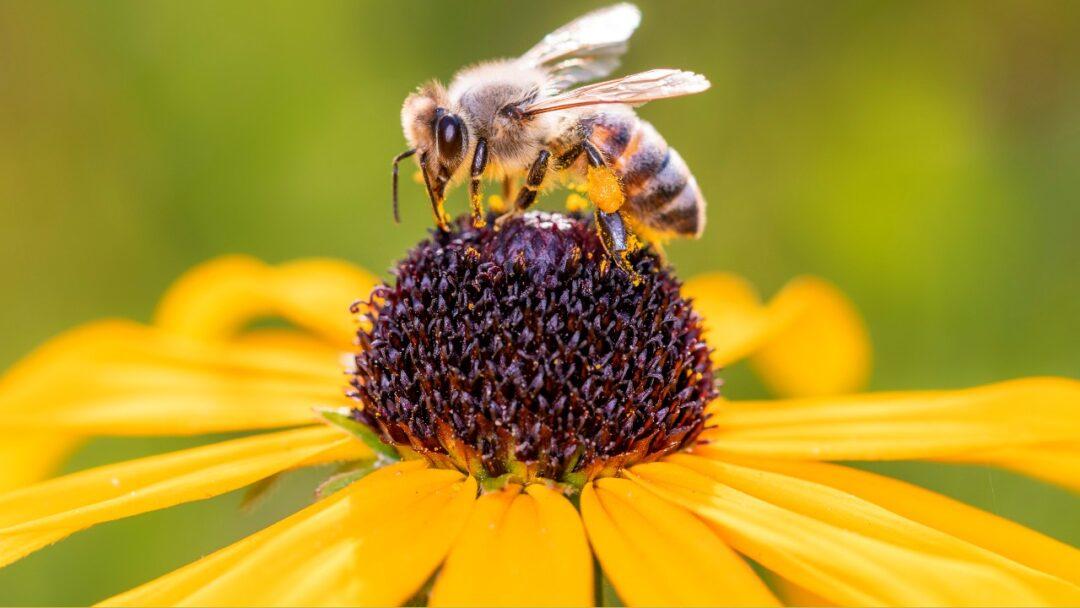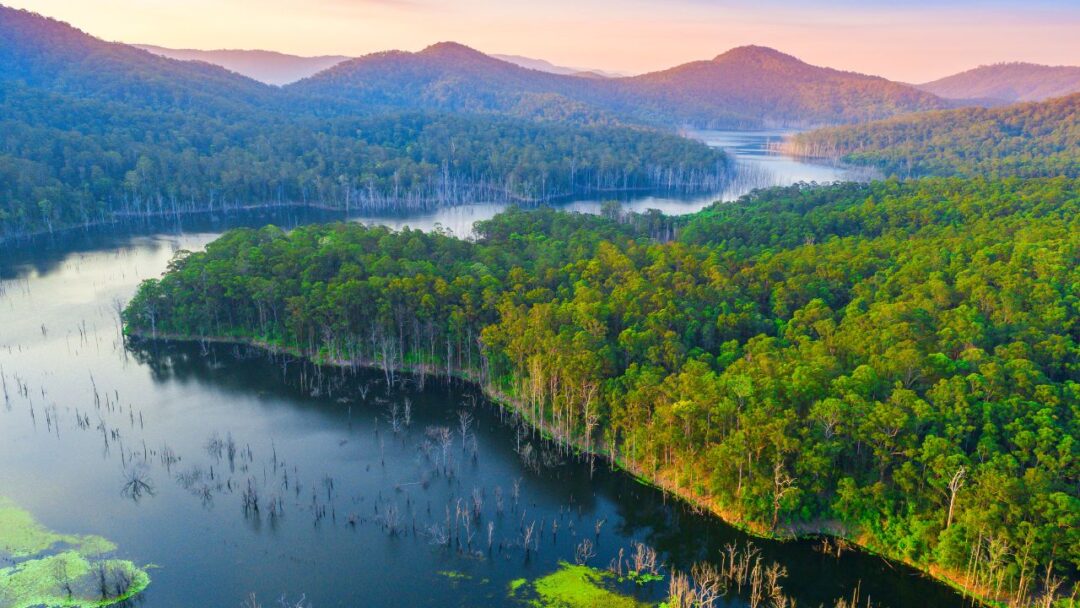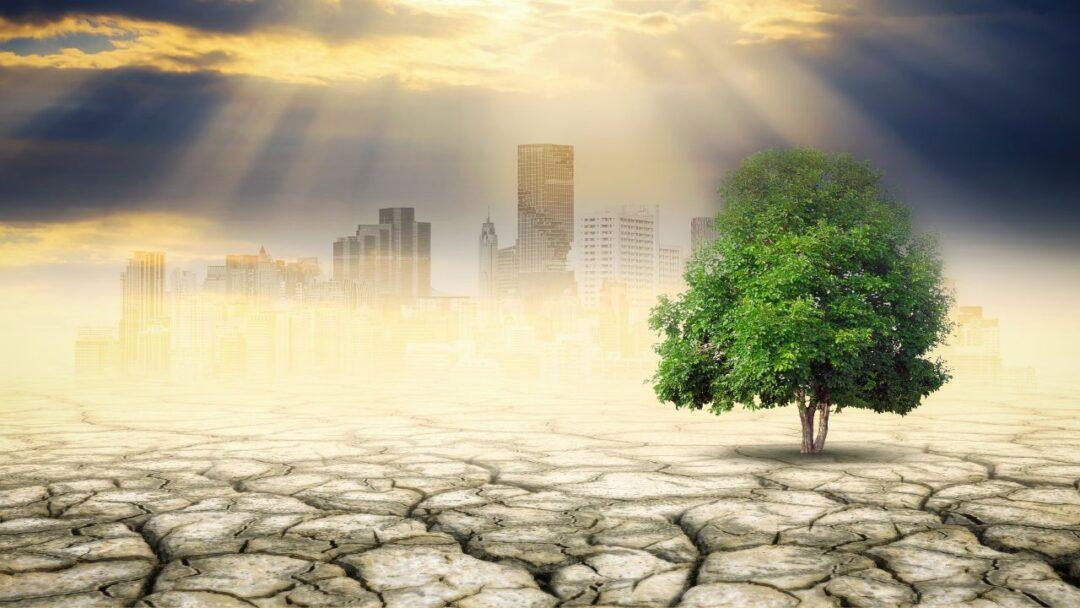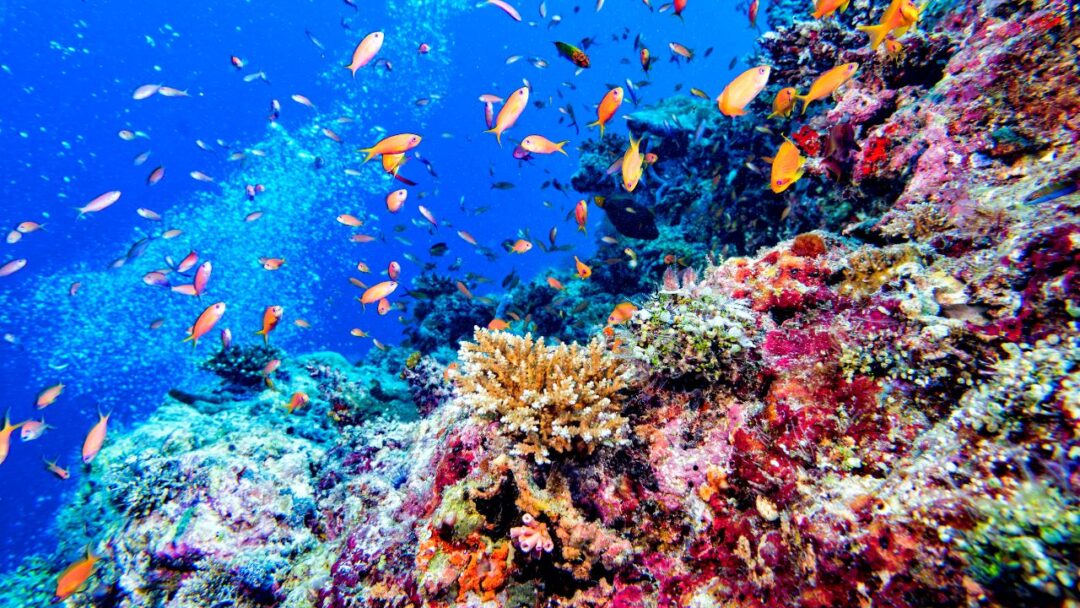Table of Contents
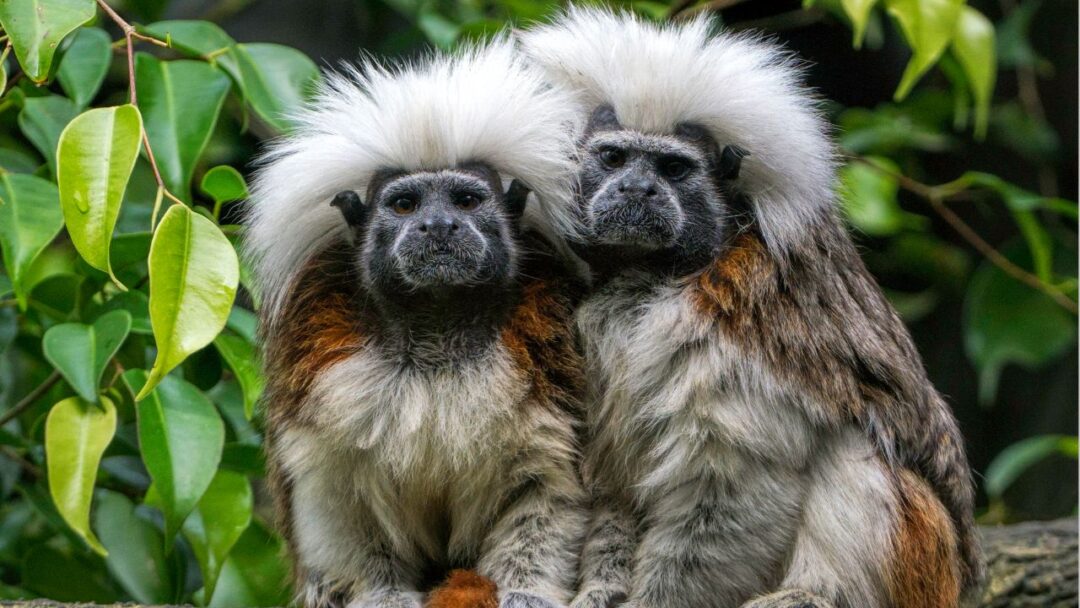
Introduction: Delving into the Enigmatic Rainforest Ecosystem
Unveiling the Secrets of the Rainforest Ecosystem. The ecosystem of the rainforest is a wonderful place with unmatched biodiversity, teeming with life, and full of undiscovered wonders. We will learn about the complex interdependencies that support these lush, green habitats as we set out on this enlightening journey. We’ll also go over the grave dangers posed by climate change, highlighting how urgent it is to take action and practice conservation.
The Biodiversity Hotspot: A Haven of Life
Rainforests contain an astounding variety of flora and fauna, making them veritable treasure troves of life. They cover our planet’s equatorial regions and are home to more than half of all species, many of which are still undiscovered. The rainforest is home to an intricate tapestry of life, from imposing canopies to flourishing undergrowth, all delicately connected in a web of interdependence.
Example: the Amazon rainforest alone is home to 40,000 plant species, including endangered orchids and untapped medicinal plants. Fauna is also diverse, with colorful birds, elusive jaguars, and unusual insects coexisting in this fascinating ecosystem.
The Lungs of the Earth: Carbon Sequestration and Climate Regulation
In order to keep the climate stable on a global scale, rainforests are essential. They absorb enormous amounts of carbon dioxide through the process of photosynthesis, reducing the effect of greenhouse gas emissions. The release of oxygen and the sequestration of carbon gave rainforests the well-deserved title of “lungs of the Earth.”
Example: The Congo Basin rainforest in Africa acts as a massive carbon sink, storing over 60 billion metric tons of carbon. However, as deforestation encroaches upon these vital ecosystems, the release of stored carbon exacerbates climate change, contributing to rising global temperatures.
The Web of Interdependence: Ecosystem Services at Stake
Numerous ecosystem services offered by rainforests go far beyond their immediate boundaries. These services, which benefit not only the local species but also nearby communities and even far-off regions, include soil conservation, pollination, water regulation, and nutrient cycling.
Example: The tropical rainforests of Southeast Asia are crucial for the sustenance and livelihoods of millions of people. They ensure the availability of water resources, support agriculture through nutrient-rich soils, and even provide natural pest control by hosting beneficial insects.
The Silent Crisis: Climate Change’s Devastating Impact
The fragile balance of the rainforest ecosystems is imperiled by climate change. The intricate relationships between species are disrupted by rising temperatures, shifting rainfall patterns, and an increase in extreme weather events, which have a domino effect on other factors.
Example: The Great Barrier Reef, an ecosystem intricately linked to the nearby Daintree Rainforest in Australia, faces unprecedented coral bleaching events due to warmer ocean temperatures. As the rainforest’s cooling effect weakens, the climate around the reef becomes less favorable for coral survival, endangering one of the world’s most diverse marine ecosystems.
Unmasking Deforestation: A Battle for Survival
Deforestation is one of the most urgent issues facing rainforests. Every year, human activities caused by expanding agriculture and commercial interests result in the loss of millions of hectares of rainforest. The delicate balance is upset by this constant destruction, which also imperils the survival of countless species and indigenous communities.
Example: The clearing of vast tracts of the Indonesian rainforest for palm oil production has decimated habitats, causing the decline of iconic species like orangutans and Sumatran tigers. Moreover, the displacement of indigenous communities disrupts their harmonious relationship with the land, eroding cultural traditions and knowledge.
Frequently Asked Questions (FAQ)
What is the rainforest ecosystem?
The dense vegetation, copious rainfall, and high levels of biodiversity that define the rainforest ecosystem make it a complex and diverse environment. It maintains the climate and oxygen levels of the planet and is home to a wide variety of plant and animal species.
Why are rainforests important?
Rainforests are vital for a number of reasons. Numerous plant and animal species, many of which are unique and cannot be found anywhere else on Earth, depend on them as a vital habitat. By absorbing carbon dioxide and exhaling oxygen, rainforests also contribute to the regulation of the global climate. They also offer a variety of resources and medicinal plants that benefit both the local community and the entire world.
Where are rainforests located?
Most rainforests are located in tropical areas close to the equator. The Amazon rainforest in South America, the Congo Basin in Africa, the rainforests of Southeast Asia, and Australia are some of the most notable rainforest regions.
How does the rainforest ecosystem support biodiversity?
The incredible diversity of plant and animal life found in the rainforest ecosystem supports biodiversity. Numerous species can find plenty of food and shelter in the dense vegetation, which leads to complex ecological relationships. The rainforest’s enormous variety of niches and microhabitats facilitate the coexistence of countless organisms, creating a rich and diverse ecosystem.
What are the threats to the rainforest ecosystem?
Threats to the rainforest ecosystem include deforestation, illegal logging, mining, increased agriculture, and climate change. Due to these activities, habitats are destroyed, biodiversity is lost, and delicate ecological balances are upset. The protection and preservation of this priceless ecosystem depend heavily on conservation efforts and sustainable practices.
How can we help conserve the rainforest ecosystem?
Supporting organizations that protect forests, encouraging ethical and sustainable purchasing decisions (like avoiding goods associated with deforestation), and spreading knowledge about the significance of rainforest conservation are all ways that individuals can help ensure the survival of the rainforest. Supporting programs that put an emphasis on reforestation and restoration efforts can also have a positive effect.
Are there indigenous communities living in the rainforest?
Yes, indigenous groups have lived in rainforest areas for many years and have a thorough understanding of the ecosystem. These groups have strong ties to the land and frequently contribute significantly to efforts to preserve the rainforest. Protecting the rainforest and their way of life requires upholding their rights, encouraging their environmentally sound practices, and appreciating their invaluable contributions.
Can you visit the rainforest as a tourist?
Yes, there are opportunities for eco-tourism and responsible travel in many rainforest areas. With qualified guides who offer educational experiences while minimizing their impact on the environment, visitors can explore designated areas. It’s crucial to pick tour companies and lodgings that place a high priority on sustainability and support local communities.
What can we learn from the rainforest ecosystem?
The intricate ecological processes, interdependent relationships between species, and resiliency of nature are all beautifully illustrated by the rainforest ecosystem. It teaches us the value of biodiversity preservation, sustainable resource management, and the necessity of safeguarding the natural wonders of our planet for coming generations.
How can I educate myself about the rainforest ecosystem?
There are many ways to learn more about the ecosystem of the rainforest. You can learn about rainforest ecology and conservation through reading books and scientific articles, watching documentaries, visiting museums or botanical gardens that feature rainforest exhibits, taking part in educational programs or workshops, and interacting with reputable online resources.
Conclusion: Urgency for Conservation and Sustainable Practices
With its captivating beauty and astounding biodiversity, the rainforest ecosystem is a testament to nature’s wonders. Deforestation and climate change, however, pose a serious threat to its survival. On several fronts, urgent action is needed to protect these priceless ecosystems.
Supporting conservation initiatives, promoting sustainable land-use strategies, and increasing public awareness of the value of rainforests for the health of our planet are essential. The preservation of these natural wonders for future generations depends on cooperation between governments, communities, and organizations.
As we embark on this adventure through the mysteries of the rainforest, let us make an effort to protect these priceless ecosystems, pave the way for sustainability, and nurture the intricate web of life that depends on their preservation.
Wonderful Nature: Exploring the Wonders of Bioluminescence in Nature : NEXT POST

